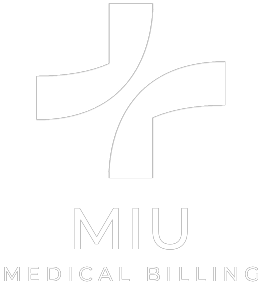What are role of clearinghouse during claims submission?
Introduction to a Clearinghouse for Medical Claims-RCM One of the most critical players in the complex terrain of healthcare revenue cycle management is the Clearinghouse for Medical Claims, which distinguishes itself due to its crucial role in streamlining operations and maximizing financial outcomes. As healthcare providers manage the complexity of billing and reimbursement, a fully […]
What are role of clearinghouse during claims submission? Read More »



